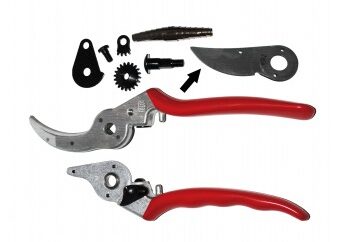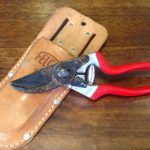We use cookies to make your experience better. To comply with the new e-Privacy directive, we need to ask for your consent to set the cookies. Learn more.
Cleaning and Sharpening Pruning Tools
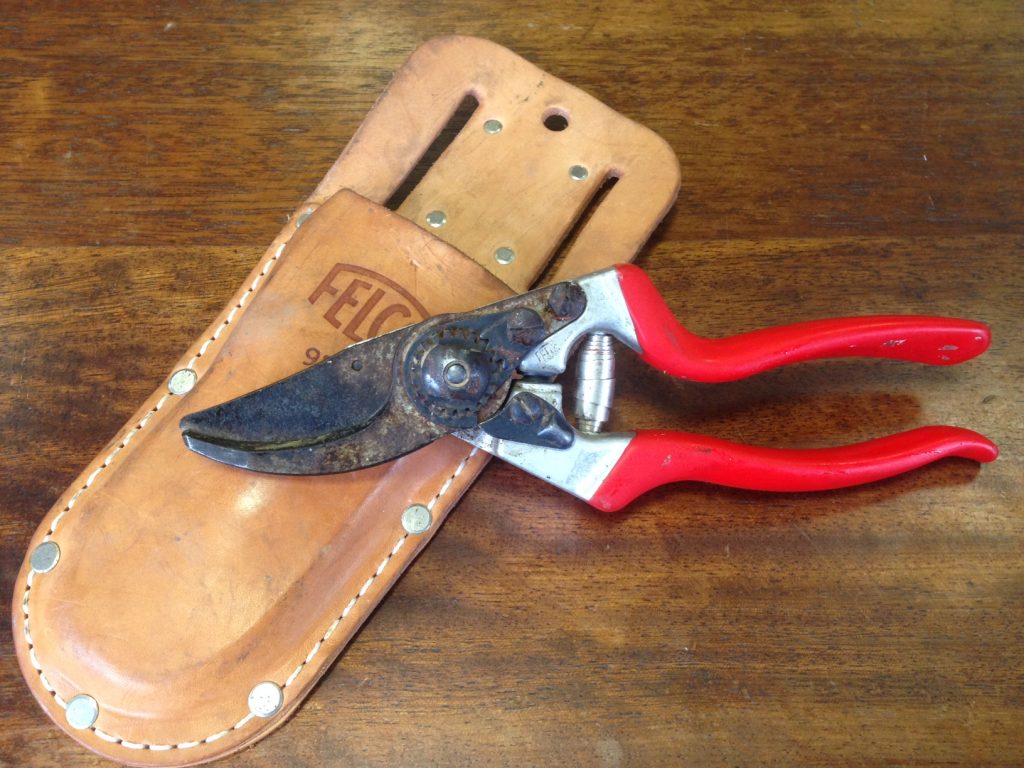
After investing in a high quality pruning tool or secateurs, it is worth taking a little time to keep them in good working order. Cleaning your pruners to avoid the build up of debris between the moving parts will definitely extend their life and usability. It is also important to sterilise your pruners if dealing with plants or trees where the carry-over of infection is a concern. Regular sharpening is also essential as dull blades tend to tear the plant tissue and make jagged cuts.
Cleaning and Disinfecting Pruners
Clean - Before sterilising pruners, they should be cleaned, as dirt and residues on the blades will impede whatever disinfectant you use. A damp cloth should be enough. Some added warm soapy water is even better. It is worth doing this simple clean as regularly as possible to prevent the pruners from jamming up. After some time, or if you neglect the cleaning for a while like with the one in the picture above, you may need to take the pruner apart to give it a thorough clean. Fine wire wool is great at getting the grime off when it gets to that stage.
Disinfect – Strong alcohol, such as surgical spirits which you can pick up in the chemist, is ideal for sterilising pruners. Unlike chlorine, for which you need to soak the tool in, alcohol will be effective if wiped on, or dipped into quickly, and does not need to be rinsed off.
Oil - After cleaning, oil the tool to keep it moving freely and protect from corrosion. A general purpose mineral oil can be used. A thin vegetable oil should do the job well. Dribble some oil between the blades, on the spring and a little on the latch which holds the secateurs closed when not in use. Then move the parts to work the oil into all the sliding surfaces and wipe off any excess.
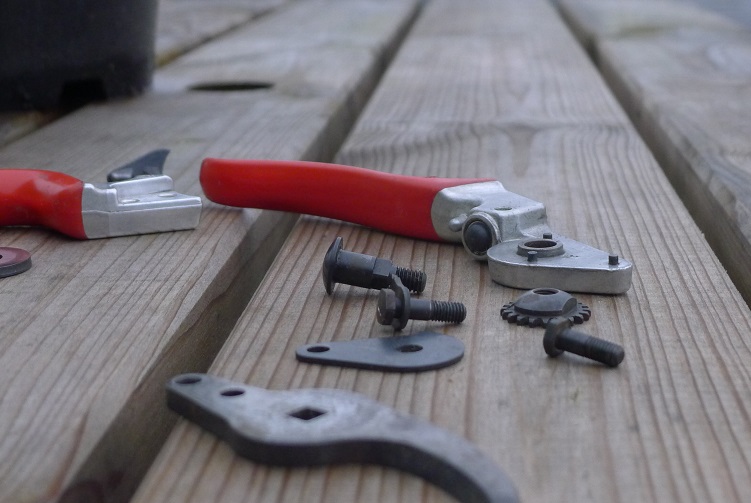
Sharpening Pruners
It is important to keep your pruning tools sharp. First of all, it takes much less effort to prune when the blade is sharp compared to when it is dull. Secondly, a cleaner cut will heal better and faster making the plant less likely to succumb to an infection through the wound. As such, blades should be regularly sharpened and if deep nicks or chips occur the blade should be replaced. Well made pruners, such as from the renowned Felco range, have replacement blades available so the whole tool need not be replaced.
It is beneficial to sharpen your cutting tool after each day of use to keep it in optimum condition. Nobody does this in fairness but it is quite a simple task and if done fairly regularly you will be rewarded with easier and cleaner cutting. Having a small sharpener at hand will increase your likelihood of staying on top of it.
We stock Istor Swiss Sharpeners which are compact enough to stick in your pocket. They also provide superior sharpening. Being made from tungsten carbide, an ultra hard specialised composite, they allow any blade to be sharpened easily and with very little pressure applied.
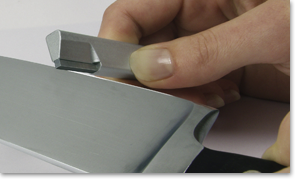
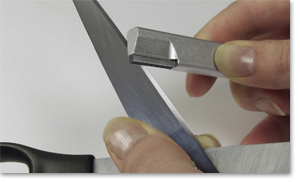
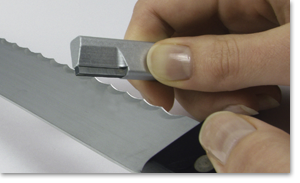
It is important to keep in mind that Scissors, Secateurs and Pruning shears should only be sharpened on their single bevelled side. That is, not the ‘back’ of the cutting blade which needs to remain flat. Anvil pruners, on the other hand, usually have a double bevel and so are sharpened on both sides. The same is true of kitchen knifes.
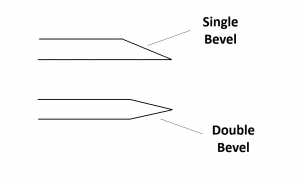
Sharpening a Bypass Pruners
Grinding Stone - With the flat side of the diamond grinder, grind the bevelled side of the blade with a rotating movement at an angle of 20-30° (like a sharpening stone).
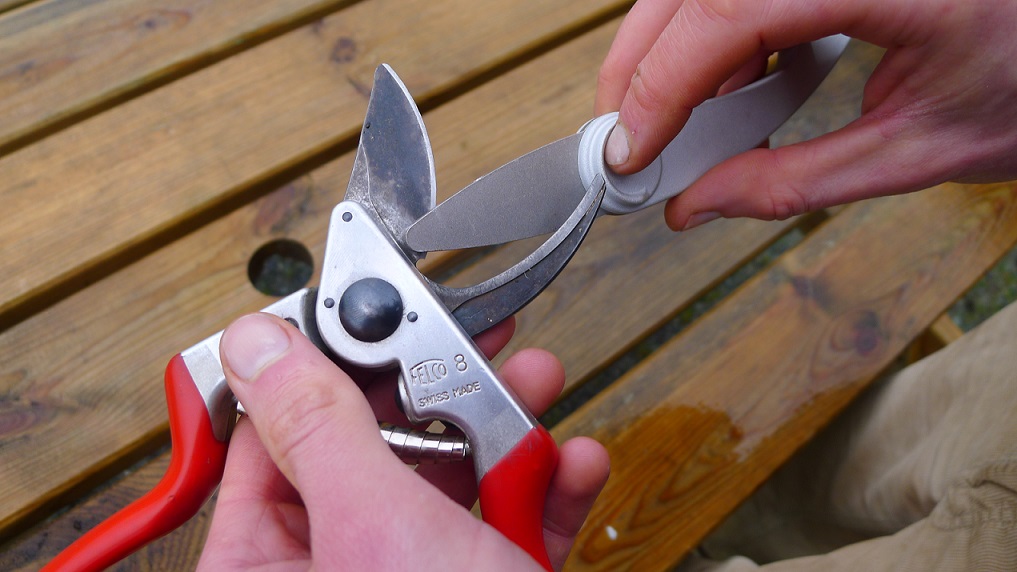
Sharpener - Pull the concave sharpening edge gently along the blade edge at an angle of 30-50°. Use either of the corner edges of the sharpener, i.e. do not try to have the sharpener ‘flat’ against the blade. Work only with one side of the sharpener. One light pass on the back of the bevelled side will remove the burr which has formed.
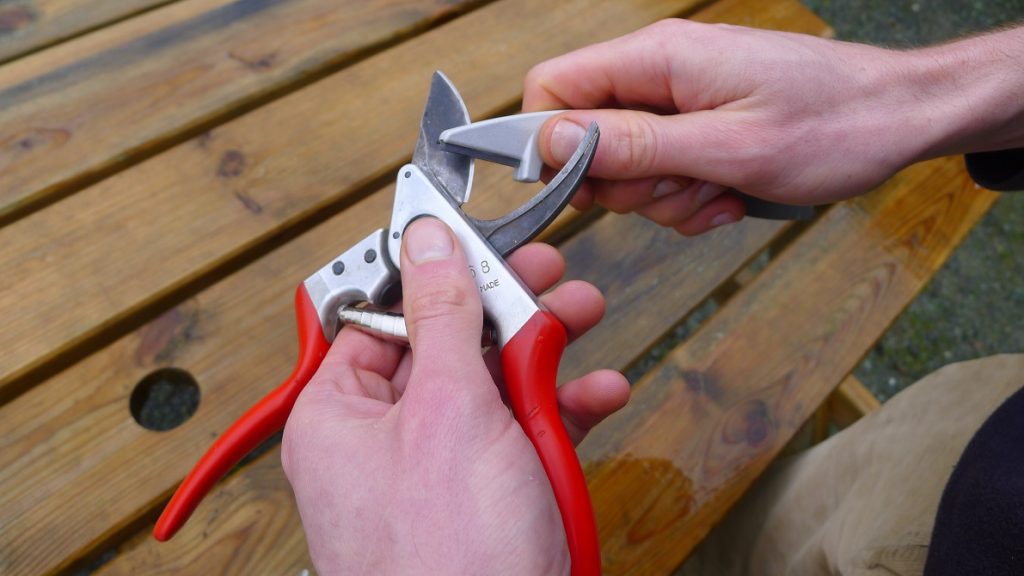
Spare Parts
Felco pruning tools are designed to be serviced and repaired so you can keep them going for decades. We stock a range of Felco spare parts. If your secateurs needs a new blade or spring, you can replace it and bring your trusted tool back into top condition.
